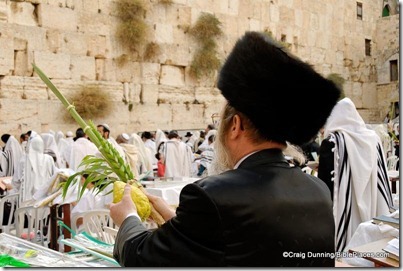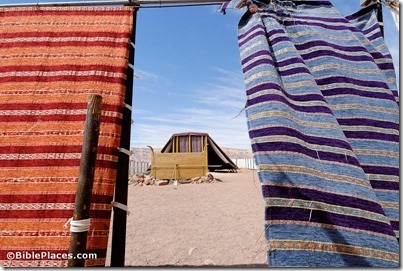From Arutz-7:
Jewish groups held a mock Passover sacrifice on Thursday opposite the Temple Mount in Jerusalem. The ritual slaughter was not merely a historic reenactment, but, they say, practice in advance of the reconstruction of the Temple. The practice sacrifice has been held annually for the past several years. This year organizers were unpleasantly surprised by a veto from Israel’s Veterinary Services, which refused to authorize the event. Organizers took the matter to court, and were able to quickly get a ruling permitting the ritual. The various groups involved in the event were represented by Rabbi Yehuda Glick, who told Arutz Sheva that the ritual was carried out with as much Biblical accuracy as possible. “We took the goat, as the Torah commands, we had an altar built like the real one, and a cooking pit built according to halacha [Jewish law],” he said. “We slaughtered the goat with Leviim singing and priestly clothing, just like in the real Passover sacrifice.”
The full story includes a one-minute amateur video. Another video from a similar service several years ago was produced by SourceFlix.




